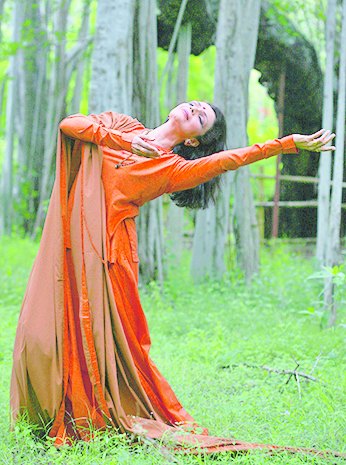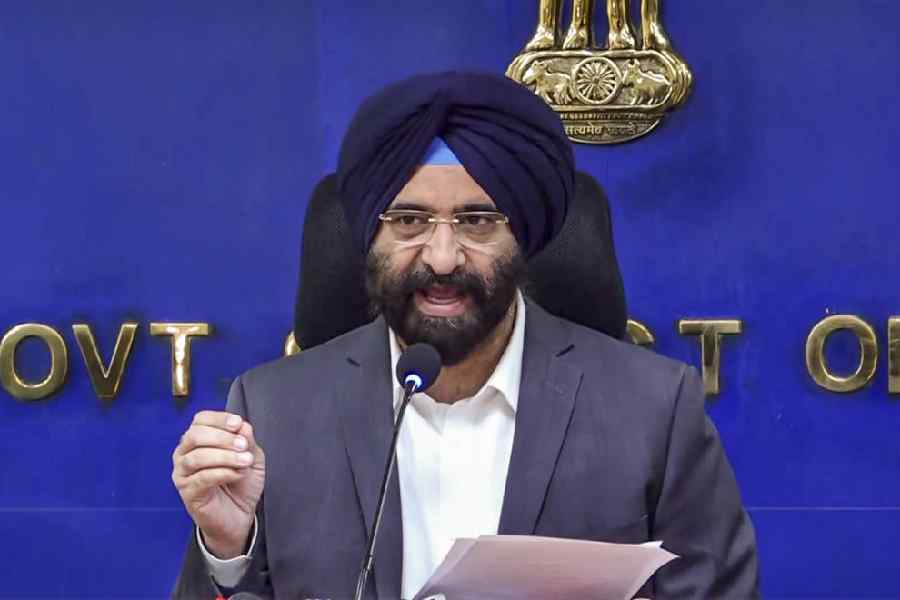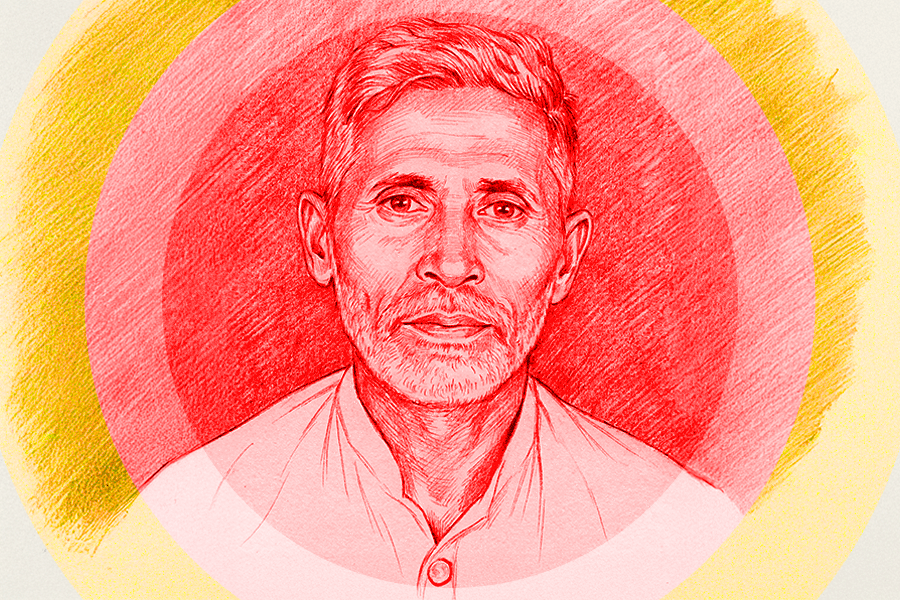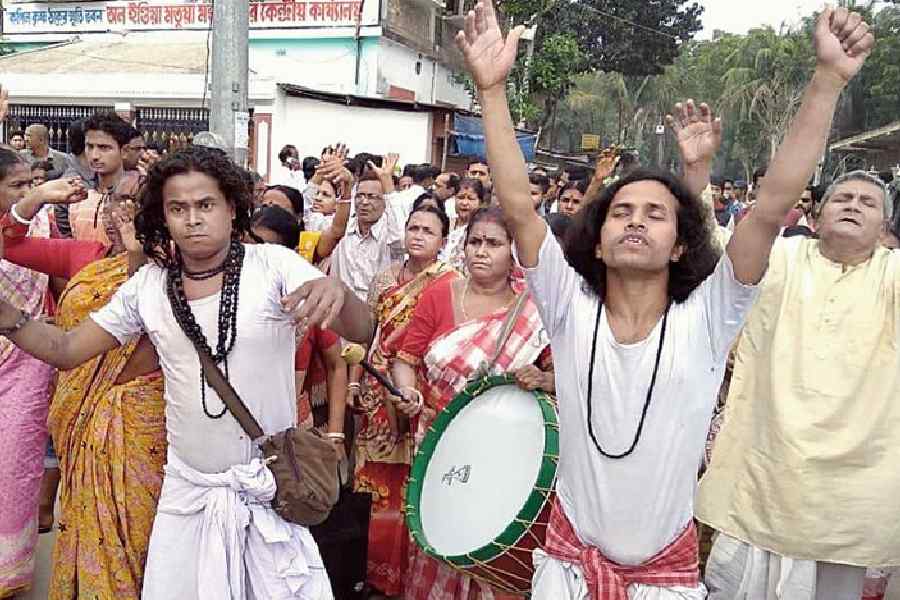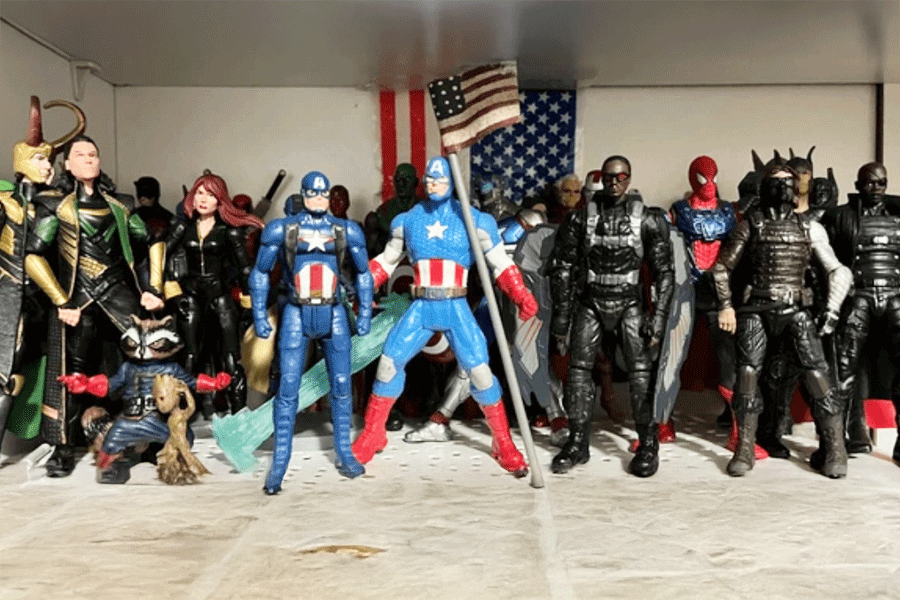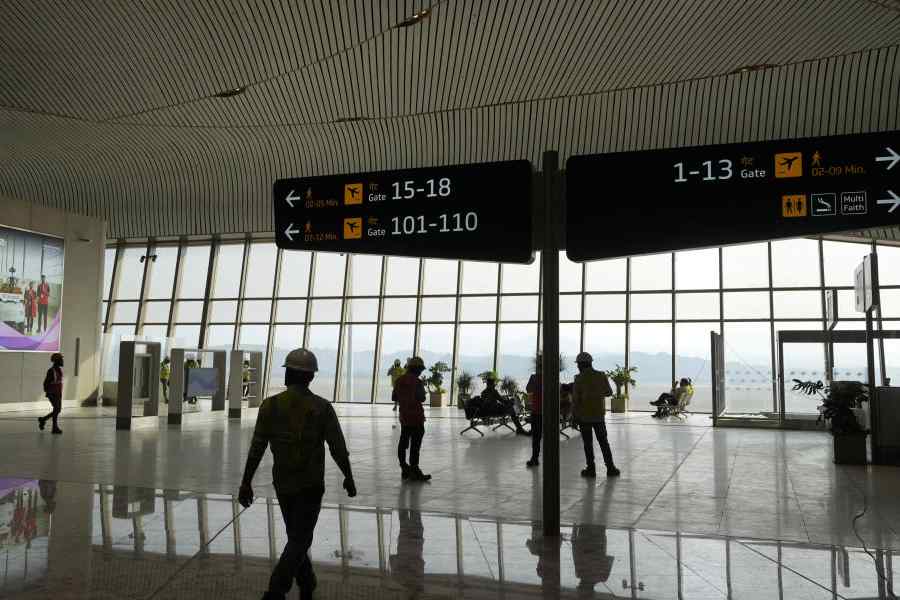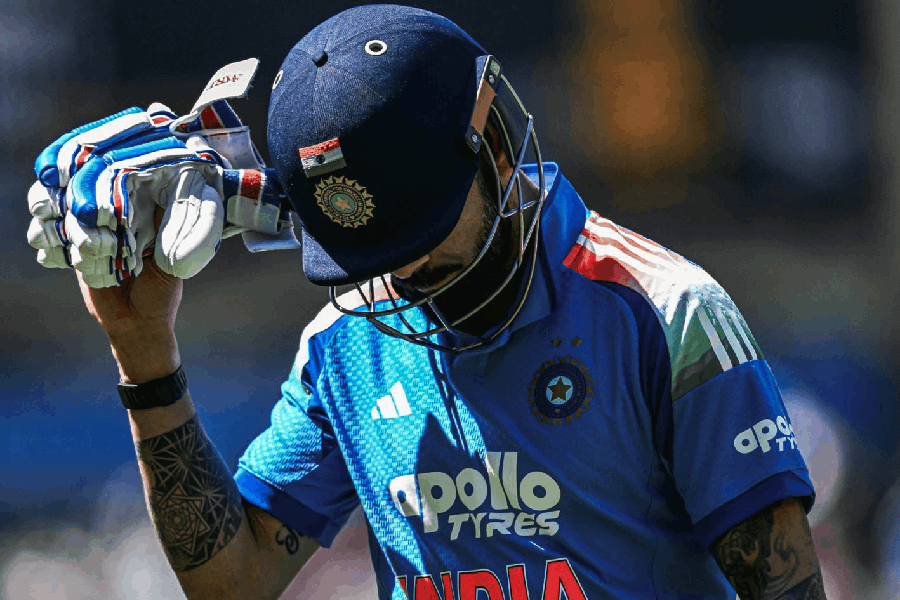
Indian classical dance styles have an immense possibility of showing new dimensions. But very few dancers can really understand the relation between form, a technical methodology and content, an ideology or theme. Whether this relationship is organic or synthetic, whether old content can be reinterpreted through a developed form, are the crucial questions here. A successful experimental presentation largely depends on this understanding.
Anita Ratnam is a rare dancer, who, without discarding the long nurtured disciplines of Bharatnatyam, Mohiniattam, Kathakali and Kalaripayattu, successfully devised a vocabulary of her own - rich, authentic and, at the same time, contemporary. She has thus established Neo Bharatam, Bharatam being the original Tamil name for Bharatnatyam. Her latest solo dance-theatre, A Million Sitas, was staged as part of Pratibimb, a festival presented by Inner Eye Communications Pvt Ltd at G.D. Birla Sabhagar recently. Mythology and stories of women being the favourite theme of Anita, A Million Sitas sketched five significant characters of the Ramayan, like Ahalya, Manthara, Shabari, Surpanakha and Mandodari, through Sita's voice. These women, who surrounded Sita and without whose interventions the crucial events in the Ramayan would not have occurred, were brilliantly portrayed by Anita through movements, mime, story-telling and conversation.
Instead of following the popular versions of the Ramayan by Valmiki, Tulsi or Kamban, the dancer drew upon lesser known retellings of the Ramayan in Kannada, Tamil, Telugu, Himachali, Odiya and Bengali. It was beautifully conceptualized and choreographed. Her minimalistic approach, refined sensitivity and elegance were the high points of the production. Like Anita's previous presentations which this reviewer had watched, this one too was a story told in a convincing manner from an unusual standpoint within the story. The idea of using the tari kita taka bol with the narration was apt.
Against the simple but significant stage set, Anita kept on changing from one character to the other with an intelligent use of props and costume. Her Manthara and Mandodari were brilliant. Live vocals and percussion blended the various segments of the narrative. " Thumaka chalata Ramachandra", a Tulsidas bhajan, was applied nicely. The research was done by Anita Ratnam and Rex and the musicians were L. Subhasri, Sharanya Krishnan and Krishna Kishor. The lighting was designed by Victor Paulraj.
Sohini, in association with Rabindra Bharati Pradarshashala, presented Basantajapan, an evening of Tagore songs and recitation, at Bichitra Bhawan of Jorasanko Thakurbari. Artists from Bangladesh and Calcutta participated in the programme. The programme was well organized. Sadi Mahammad, Amina Ahmed and Golam Haider from Bangladesh got applause from the audience while Satyakam Sen, Suranjan Roy, Alak Roychowdhury, Aniruddha Sinha and Rajasree Bhattacharya maintained their standards.

